Hueís position is strategic
and it was the national capital until 1945, when emperor Bao Dai abdicated
and the nation was sliced into two. During the American War, Hue's location
roughly halfway between Hanoi (540 km away) in the north and Saigon (644
km away) in the south put it just south of the DMZ, the demilitarized zone
that served as the dividing line between North and South Vietnam.
American aircraft launched strikes
against North Vietnam from Hue's airbase. The South China Sea was just
15 km to the north-east from where the US Navy maintained supply lines.
For most of the war, Hue was held by the South and their American allies,
but in 1968 as part of the Tet Offensive the North Vietnamese captured
much of the city.
They were eventually pushed out
but the month-long, house-to-house fighting and the intense shelling and
bombing destroyed much of the city. The place was bombed into the
dust to dislodge the Viet Cong and I can only imagine what works of splendour
where destroyed.
The major attraction we visited
in Hue was the vast, 19th-century Citadel, surrounded by a moat and thick
stone walls. It encompassed the Imperial City, with palaces and shrines;
the Forbidden Purple City, once the emperorís home; and a replica of the
Royal Theatre. The tombs themselves saw little damage, but the Citadel
was badly damaged. About 160 buildings once stood inside the Citadel's
walls but less than a dozen survived the Battle of Hue. The current communist
government obviously realizes the tourist potential here and despite the
Imperial heritage of the complex there were many restoration projects in
evidence all through the compound.
They claim that the Purple Forbidden
city is based upon the original one in Beijing. Having seen both versions
of the "City" we saw little in the Vietnam one that resembles the one in
China -- too much of it had been damaged or reduced to rubble. Whatís left
of the Citadel was impressive, but itís clearly but a shadow of what it
once was. Jim, the US military vet with our group, had fascinating stories
about buddies who had been involved in the close fighting in the compound.
The results were tragic in so many ways.
As we entered the Royal Theatre
we saw spledidly-costumed performers entering the building. We were allowed
to take some time to marvel at the ornately decorated interior of the Theatre
before their show but were shown out before the scheduled performances
on the stage.


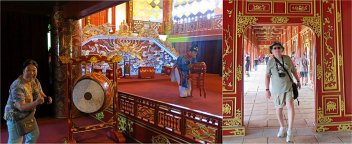



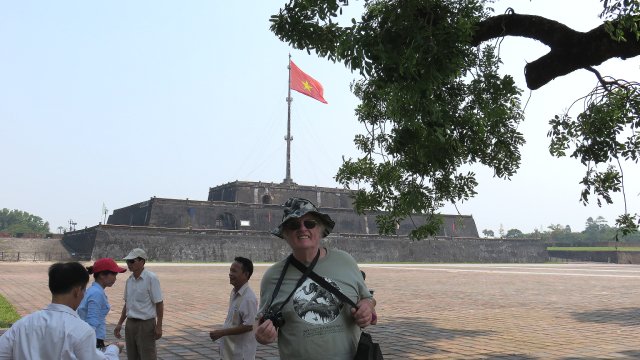
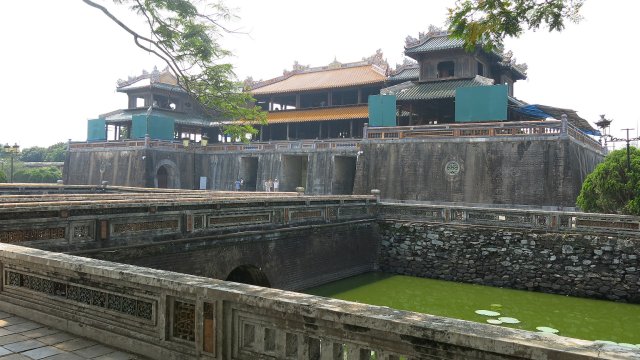
![]()
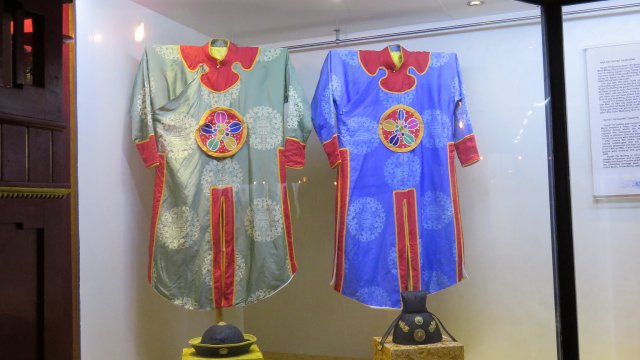
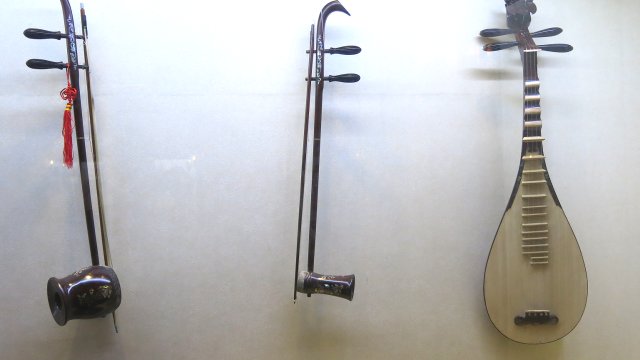
![]()
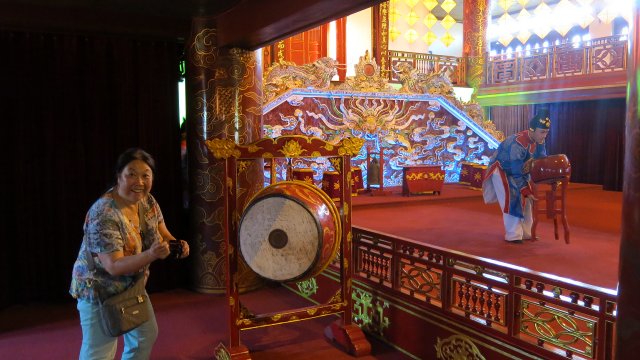
![]()
![]()